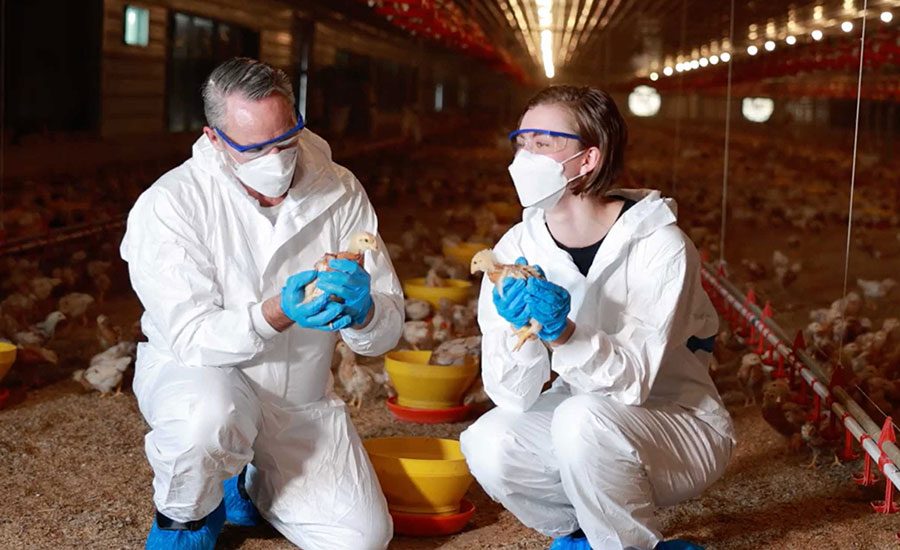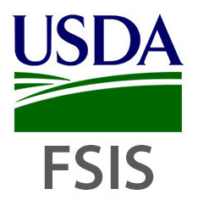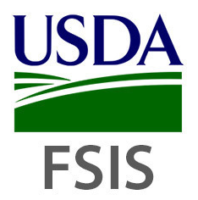As Winter Storm Jonas continues to barrel toward the East Coast of the U.S., 16 states have been been issued blizzard warnings. The impending severe weather has prompted the U.S. Department of Agriculture’s (USDA’s) Food Safety and Inspection Service (FSIS) to issue food safety recommendations for the Mid-Atlantic and Northeast regions.
To reduce food waste and the risk of foodborne illness during the next few days, FSIS is urging consumers to practice the following recommendations.
Before you lose power:
- Keep appliance thermometers in both the refrigerator and the freezer to ensure temperatures remain food safe during a power outage. Safe temperatures are 40°F or lower in the refrigerator, 0°F or lower in the freezer.
- Freeze water in one-quart plastic storage bags or small containers prior to a storm. These containers are small enough to fit around the food in the refrigerator and freezer to help keep food cold. Remember, water expands when it freezes so don’t overfill the containers.
- Freeze refrigerated items, such as leftovers, milk and fresh meat and poultry that you may not need immediately—this helps keep them at a safe temperature longer.
- Know where you can get dry ice or block ice.
- Have coolers on hand to keep refrigerator food cold if the power will be out for more than four hours.
- Group foods together in the freezer—this ‘igloo’ effect helps the food stay cold longer.
- Keep a few days’ worth of ready-to-eat foods that do not require cooking or cooling.
If the power goes out:
Keep the refrigerator and freezer doors closed as much as possible. A refrigerator will keep food cold for about 4 hours if the door is kept closed. A full freezer will hold its temperature for about 48 hours (24 hours if half-full).
Place meat and poultry to one side of the freezer or on a tray to prevent cross contamination of thawing juices.
Use dry or block ice to keep the refrigerator as cold as possible during an extended power outage. Fifty pounds of dry ice should keep a fully-stocked 18-cubic-feet freezer cold for two days.
Avoid putting food outside in ice or snow, because it attracts wild animals or could thaw when the sun comes out.
After the severe weather has subsided:
- Check the temperature inside of your refrigerator and freezer. Discard any perishable food (such as meat, poultry, seafood, eggs or leftovers) that has been above 40°F for two hours or more.
- Check each item separately. Throw out any food that has an unusual odor, color or texture or feels warm to the touch.
- Check frozen food for ice crystals. The food in your freezer that partially or completely thawed may be safely refrozen if it still contains ice crystals or is 40°F or below.
- Never taste a food to decide if it’s safe.
- When in doubt, throw it out.
FSIS will provide relevant food safety information as the storm progresses from its Twitter feed @USDAFoodSafety and on Facebook at Facebook.com/FoodSafety.gov. Consumers with food safety questions can “Ask Karen,” the FSIS virtual representative available 24 hours a day at www.AskKaren.gov or m.AskKaren.gov on a smartphone. The mobile Ask Karen can also be downloaded from the iTunes and Google Play app stores. Consumers can e-mail, chat with a live representative or call the USDA Meat and Poultry Hotline directly from the app. To use these features from Mobile Ask Karen, simply choose “Contact Us” from the menu. The live chat option and the toll-free USDA Meat and Poultry Hotline, 1-888-MPHotline (1-888-674-6854), are available on weekdays from 10 a.m. to 4 p.m. ET in English and Spanish.
Sign up for Food Safety Magazine’s bi-weekly emails!






